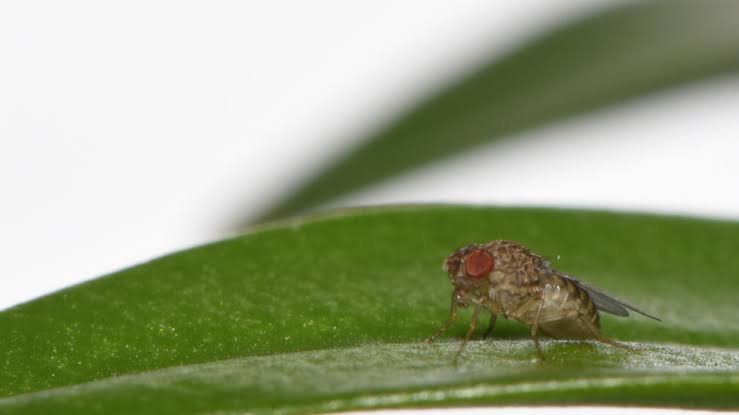THE MESSENGER
After spending 46,000 years frozen in Siberian permafrost, a female microscopic roundworm was brought back to life from a deep sleep — and scientists have raised more than 100 generations from her offspring.
A study published Thursday in PLOS Genetics shows researchers determined through genome sequencing the roundworm is a previously unknown species of nematode, the Washington Post reported.
The microscopic organism was able to survive thousands of years through a process known as cryptobiosis, in which they significantly slow their metabolism to survive intense environmental factors, according to the Post.
That unique ability has led to similar discoveries over the past century.
In 1936, a several-thousand-year-old crustacean that was still viable was found in permafrost near Lake Baikal in Russia, while in 2021, researchers resurrected, bdelloid rotifers, ancient microscopic multicellular animals, after they spent some 24,000 in Siberian permafrost.
For nematodes specifically, the longest record was set after scientists were able to resuscitate an Antarctic species after only a few dozen years spent in cryptobiosis — a milestone that was broken by tens of thousands of years with the discovery announced this week, the Post reported.
The new species, named Panagrolaimus kolymaensis, was found in frozen soil that originated in an ancient gopher hole, about 130 feet below the surface, the newspaper reported.
“The age over which it survived is one of the shocking things,” Gregory Copenhaver, a co-editor of PLOS Genetics and director of the Institute for Convergent Science at the University of North Carolina at Chapel Hill, told the Post.
Earth was in the geologic epoch known as the Pleistocene 46,000 years ago.
“This single organism, the actual individual they found, has been alive over that period of time,” Copenhaver told the Post.
Philipp Schiffer, group leader at the Institute for Zoology at the University of Cologne and one of the authors of the study, told the newspaper that reviving creatures from permafrost is pretty straightforward.
The soil is thawed slowly, and soon the worms can been seen moving around, consuming bacteria and reproducing, according to the Post.
While the original nematode researchers found is no longer alive, researchers have been able to raise more than 100 generations from it, as nematodes reproduce without a mate.


